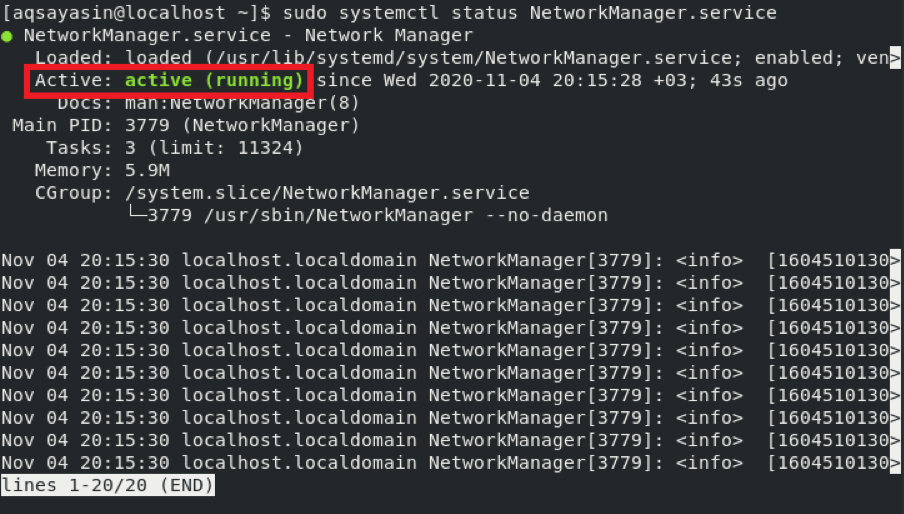

A future time can be specified in one of two formats: +number or hour:minute. An immediate shutdown is indicated by the word now displayed on the screen. Specifies the time at which the shutdown command stops the system. Systems without this capability may hang or may reboot immediately after shutdown. Note: This option is only supported on systems that have a power supply which automatically turns power off at shutdown and an alarm to allow reboot at a later time. The shutdown -t flag cannot be used with the -v or -h option. Restarts the system on the date specified by mmddHHMM where

Restarts the system after being shutdown with the reboot command.

Power will still be turned off if other operands request a delayed poweron and reboot Note: The -p flag will have no effect if used in combination with flags not requiring a permanent halt. This flag only applies to AIX Version 4.2 or later. This is used by uninterruptible power supply (UPS). Displays interactive messages to guide the user through the shutdown.īrings the system down to maintenance (single user) mode. Halts the operating system completely same as the -v flag. Flags -dīrings the system down from a distributed mode to a multiuser mode.ĭoes a fast shutdown, bypassing the messages to other users and bringing the system down as quickly as possible. To schedule the system to restart at a specified future date, use the shutdown -t flag. Use this option only if there are no other users logged in. This flag bypasses messages to users and brings the system down as quickly as possible. To shut down the system quickly, use shutdown -F.

The -i flag runs an interactive shutdown procedure. The -m flag brings the system down to maintenance (single user) mode, and the -k flag avoids shutting down the system. If the -r flag is specified, the reboot command is run.
#Linux shutdown command software#
Note: By default, if issued on models having a power supply capable of software control, the shutdown command powers down the system. Attention: If you are bringing the system down to maintenance mode, you must run the shutdown command from the / (root) directory to ensure that it can cleanly unmount the file systems. If the script runs but fails with a non-zero return code, the shutdown stops. This script runs at the beginning of the shutdown if it exists. The system administrator can place local customized shutdown procedures in a shell script named /etc/rc.shutdown. If you request a complete halt to the operating system, the shutdown command stops all processes, unmounts all file systems, and calls the halt command. Note: Users who have files open on the node that is running the shutdown command, but who are not logged in to that node, are not notified about the shutdown. Finally, it unmounts the file systems and calls the halt command. The shutdown command then runs the killall command to end any remaining processes and runs the sync command to flush all memory resident disk blocks. Note: The halt completed message is not displayed on the tty from which shutdown is invoked if it is connected to the system through a multiport adapter.Īs shutdown time approaches, warning messages are displayed on the terminals of all users on the system.Īfter the specified number of seconds (60 by default), the system stops the accounting and error logging processes and writes an entry to the error log. Do not attempt to restart the system or turn off the system before the shutdown completion message is displayed otherwise, file system damage can result. However, shutdown is not complete until the user receives a shutdown completion message. During the default shutdown, users are notified (by a wall command) of the impending system shutdown with a message. Only a user with root user authority can run this command. The shutdown command halts the operating system. AIX Version 4.3 Commands Reference, Volume 5


 0 kommentar(er)
0 kommentar(er)
